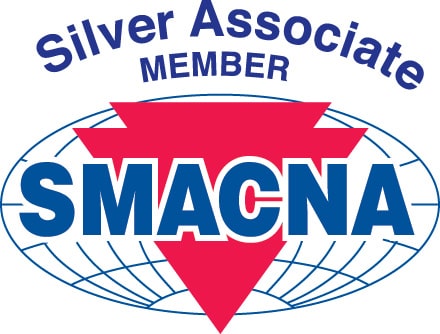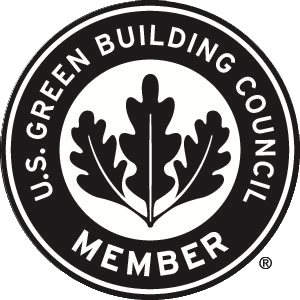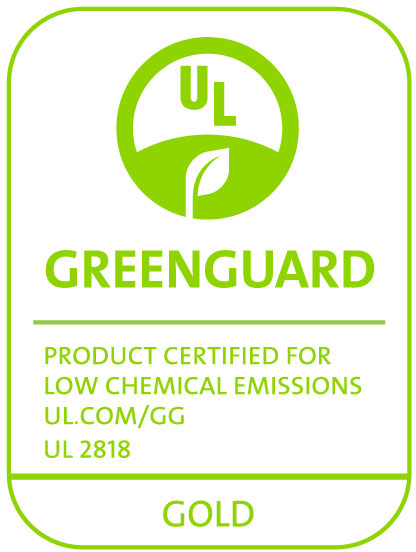Aeroflex USA’s AEROFLEX® brand of closed-cell elastomeric insulation may look similar to other flexible elastomeric pipe insulation products, however its performance makes it a true standout.
A breakthrough formulation of EPDM (Ethylene Propylene Diene Monomer) is the key to Aeroflex’s value-added performance. This highly-engineered formula delivers a higher level of durability and thermal stability that can’t be matched by NBR/PVC (Nitrile Butadiene Rubber/Polyvinyl Chloride) closed cell elastomeric insulation.
EPDM synthetic rubber is commonly found in motor vehicles, powersports, and industrial equipment, due to its durability and resistance to heat, moisture, and solar radiation, for components such as hoses, gaskets, weatherstripping, wiper blades, and more.
These advantages give way to a host of benefits to building owners, mechanical engineers, and mechanical insulation contractors.











